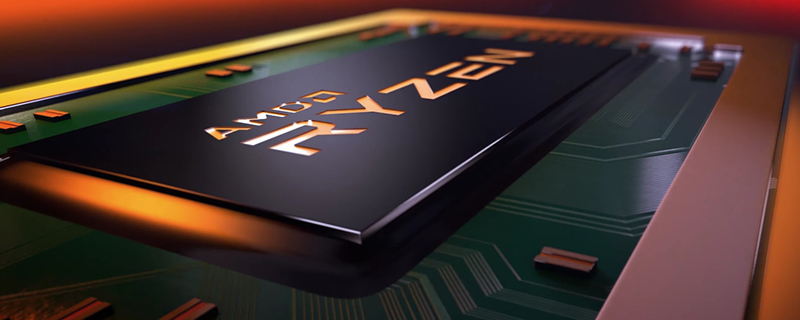AMD Ryzen 5 3400G Review
Introduction
Whilst the majority of 3rd Generation Ryzen processors we’ve been reviewing recently have been of the high end, high core count, fast speed variety – and very desirable they are too – the high-end models aren’t the only new CPUs on the AMD block.
If ones like the Ryzen 9 3900X is too expensive for your tastes, or perhaps you only need a low power draw but fast enough processor, then the Ryzen 5 3400G with Radeon Vega 11 Graphics should provide everything you require. It is a quad core CPU with eight threads able to boost up to 4.2 GHz, and perhaps most intriguingly it comes equipped with AMD’s onboard graphics processing. Which makes the Ryzen 5 3400G an APU.
The literature from AMD expresses the idea that the RX Vega 11 graphics provide console-quality gaming. We think that’s a very bold claim as we’ve yet to meet an integrated GPU that gets anywhere close to a discrete graphics card. However, that isn’t the only reason we approach that particular side of the Ryzen 5 3400G with trepidation, as the RX Vega 11 graphics that give it the G part of its name is an identical design as the one that already exists on the Ryzen 5 2400G. However, the excellent results we’ve seen from all the 3rd Generation Ryzen CPUs at least gives us confidence that the processing part of the Ryzen 5 3400G will be impressive.
How does it fare against what has come before? That’s what we’re here to find out.
Technical Specifications
One of the most noteworthy things about AMD’s Zen series of APUs is how comparable they are to the SoCs used in Microsoft’s Xbox One/Xbox One S consoles. When looking at AMD’s new Ryzen 5 3400G, we can see that AMD’s APU offers more raw GPU compute performance; though the Xbox One features some hardware advantages. While each side has its advantages and disadvantages, it is undeniable that there is a lot of similarities here.
Raven Ridge has the benefits of AMD’s new Zen CPU core designs, as well as increased CPU clock speeds, while the Xbox has an advantage when it comes to memory bandwidth, due to its 256-bit (quad-channel) memory bus and its 32MB of ESRAM on the unit’s SoC. AMD’s Ryzen 5 2400G offers more GPU performance than an Xbox One S, with the Ryzen 3 2200G lagging behind a little, though both of these APUs use AMD’s newer Vega GPU architecture.
What is interesting here is that integrated graphics on PC now offers console-like performance levels, giving the Ryzen 5 3400G a serious amount of gaming potential. While PC games do not have the same levels of low-level optimisations as consoles, it will be fascinating to see if we can hit the same performance levels/resolution targets as an Xbox One.
| Â | Ryzen 3 2200G | Ryzen 5 2400G | Ryzen 5 3400G | Xbox One S |
| CPU Socket | AM4 | AM4 | AM4 | N/A |
| Manufacturing Process | 14nm | 14nm | 12nm | 16nm |
| CPU Architecture | Zen | Zen | Zen+ | Custom Jaguar |
| Cores/Threads | 4/4 | 4/8 | 4/8 | 8/8 |
| CPU Base Clock | 3.5GHz | 3.6GHz | 3.7GHz | 1.75GHz |
| CPU Boost Clock | 3.7GHz | 3.9GHz | 4.2GHz | N/A |
| Memory Support | 2933MHz (DDR4) | 2933MHz (DDR4) | 2933MHz (DDR4) | 2133MHz (DDR3) |
| Memory Configuration | Dual-Channel | Dual-Channel | Dual-Channel | Quad-Channel |
| Memory Bandwidth | 46.9GB/s | 46.9GB/s | 46.9GB/s | 68.3GB/s |
| ESRAM (Bandwidth) | N/A | N/A | N/A | 32MB (218GB/s) |
| iGPU | Vega | Vega | Vega | Custom GCN |
| iGPU Stream Processors | 512 | 704 | 704 | 768 |
| iGPUÂ Clock Speed | 1100MHz | 1240MHz | 1400MHz | 914MHz |
| GPU TFLOPS | 1.126 TFLOPS | 1.75 TFLOPS | 1.975TFLOPS | 1.4 TFLOPS |
 Â



